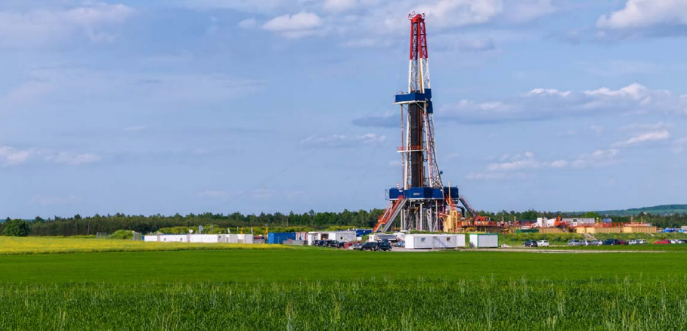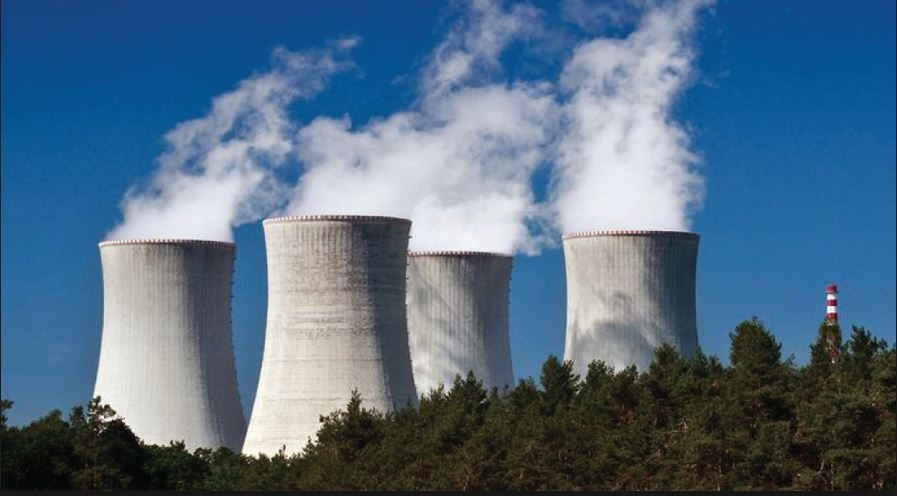Energy Consumption 2050
Energy Consumption 2050
Nearly half the world’s electricity will come from renewable energy by 2050 as costs of wind, solar and battery storage continue to plummet. That titanic shift over the next three decades will come as electricity demand increases 62% and investors pump $13.3 trillion into new projects.
The move away from fossil fuel has sweeping implications for energy markets and the fight to stave off climate change. Wind, solar and batteries are poised to enable the power sector to meet its share of emission cuts required under the Paris climate agreement, at least until 2030.
But after that, nations will need other technologies to make deeper cuts at a reasonable cost.
By 2050, solar and wind will supply almost 50% of the world’s electricity, with hydro, nuclear and other renewable energy resources providing another 21%. Coal will be the biggest loser in the power sector, with its share of global generation plunging from 37% today to 12% in 2050. Many nations can cut power-sector emissions through 2030 in line with goals set in Paris to limit the increase in world temperatures to 2 degrees Celsius (3.6 degrees Fahrenheit). And they can do that without additional subsidies for solar and wind. Since 2010, the cost of wind power has dropped by 49%, and solar has plummeted 85%. That makes them cheaper than new coal or gas plants in two-thirds of the world. Battery storage costs, meanwhile, have dropped 85% since 2010. If the world is to completely eliminate greenhouse gas emissions from the electricity sector, technologies including carbon capture and storage, hydrogen power and solar thermal plants will compete to provide about 13,000 terawatt hours of generation by 2050. That’s equivalent to about half of all electricity produced today. And even if every nation scrubs emissions from the power sector, there are still ample greenhouse gases from cars, trucks, ships, airplanes, heating systems and agriculture.
The rise in energy demand is essentially a story of economic and population growth. Primary energy consumption—which encompasses virtually all demand, right down to the losses of energy as it travels across transmission and distribution lines—has boomed in developing parts of the world, even as it leveled off, or even fell, in industrialized countries.
As a result, the global balance of energy demand has shifted dramatically since 1980. Back then, the U.S. consumed over a quarter of the world’s energy—more than any other country. Today, it’s China that uses the most. The U.S. is still a close second. Other large, emerging economies like India and Indonesia are consuming four, five, and in some cases, even six times the primary energy they did in 1980—most of it coming from fossil fuels spewing the carbon-dioxide emissions now threatening the earth’s climate. In other parts of the world, clean energy sources are taking off. Renewable, nuclear and other non-fossil-fuel sources made up more than 14% of the globe’s primary energy consumption in 2016. They make up an even larger share of its “final” energy use—demand after transformation and distribution losses—because fossil fuels lose more. The rise of cheap solar and wind power is helping slow the growth of carbon emissions globally—so is the decline in overall energy demand in developed nations. A recent McKinsey report projected that energy demand would plateau around 2030—thanks in large part to wealthy nations such as the U.S., Germany and Japan. Meanwhile, the number of countries that solely consume fossil fuels including coal and oil has dropped by about half to 17 since 1980, according to U.S. Energy Information Administration (EIA) data.
The shift away from fossil fuels, however, has faced setbacks. Nuclear power plants, despite the zero-emissions electricity they produce, have fallen out of favor in some parts because of Japan’s Fukushima disaster in 2011. And while the use of renewables is growing, their adoption may not prove quick enough to ward off the worst effects of global warming. Even if the nearly 200 countries that signed the Paris climate accord were on track to meet their own emission goals, global temperatures would still climb more than 2 degrees Celsius (3.6 degrees Fahrenheit)—a rise that scientists expect will be catastrophic to life on earth.
Every country has a different energy story: While energy consumption in most advanced economies has either stabilized or fallen in the past couple of decades, demand in many emerging markets has soared. The U.S. and China, the world’s two largest consumers of energy, are a case in point. China overtook the U.S. as the world’s largest energy consumer a decade ago. Cheap and dirty coal plants proliferated there, spewing so much soot that the sun was clouded out and cities were choking by the early 1990s. Within the past decade, the country has been working on a plan to curb its fossil-fuel pollution. One major part of that plan, the $36 billion Three Gorges dam, was completed in 2012, becoming the largest hydroelectric plant in the world at 22.5 gigawatts. The U.S., meanwhile, has seen its energy demand plateau. That’s even as its reliance on natural gas has grown rapidly thanks to a domestic fracking boom. U.S. monthly electricity generation from renewables surpassed coal for the first time in April 2019, according to the EIA.
In Europe, the U.K. and France are actually decreasing energy consumption. France became one of the smallest users of fossil fuels after the Arab oil embargo in the 1970s led to a rapid expansion of nuclear power. French utility EDF gets more of its electricity from emissions-free nuclear power than any other source and has committed to extending the life for most of its reactors even as others pull back in the wake of the Fukushima disaster. The consumption of once-dominant coal in the U.K. shrank to nearly zero in 2016, as the country plans to close all coal plants by 2025. The U.K. closed its last three deep mines in 2015, which led to a sharp drop in coal consumption for the country that launched the Industrial Revolution on the fossil fuel. The country has instead invested heavily in offshore wind farms.
Japan’s consumption began falling around the turn of the century as efficiency gains and a shrinking population reduced the country’s needs, while Germany’s decline has been slower. Both countries were early proponents of nuclear power but are dismantling reactors because of safety concerns after a tsunami overwhelmed Japan’s Fukushima Daiichi plant in 2011. Germany, an early investor in clean energy, turned to renewables. Unlike Japan, Germany hasn’t seen a major increase in its share of fossil fuels as it shuts down its nuclear fleet ahead of Chancellor Angela Merkel’s 2022 deadline. But phasing out nuclear energy means that Germany’s carbon emissions have stayed steady, even as the country rapidly turns to renewables.
Like China, India has seen breakneck development since 1980 and the accompanying surge in energy consumption that comes as tens of millions of its citizens join the country’s middle class. But unlike China, India has not invested as much in renewable energy as it’s developed. While a greater share of India’s total energy consumption came from non-fossil fuel sources in 1980 than its larger neighbor did, that share has actually dropped since 1980. Meanwhile, China’s share coming from nuclear and renewables has nearly quadrupled.
South Korea’s energy use also has grown rapidly. Because it must import most of its fuel supplies and has little land available for giant wind or solar farms, South Korea has embraced hydrogen fuel cell technologies to become the largest producer of fuel cell equipment. Energy mix and carbon footprint reveal a lot about a country’s natural resources. Take Iceland, which takes heat from the volcanoes that built the island nation and gets the rest of its electricity from hydroelectric dams.
Others like Brazil, Paraguay, Bhutan, Croatia and Norway are also geographically blessed with enormous hydroelectric and renewable energy potential. That’s not so for arid regions such as the Middle East—Saudi Arabia generates most of its electricity from oil.
The shift toward renewables has proven easier for some countries than others, but the economics of wind and solar are tipping the scales globally. The two resources are now the cheapest forms of energy in two-thirds of the world. The cost of solar has declined by 85% since 2010. As clean power sources get even cheaper, countries will have a greater incentive to transition and cut carbon emissions. Whether that comes in time to to prevent the worst effects of climate change remains to be seen.













